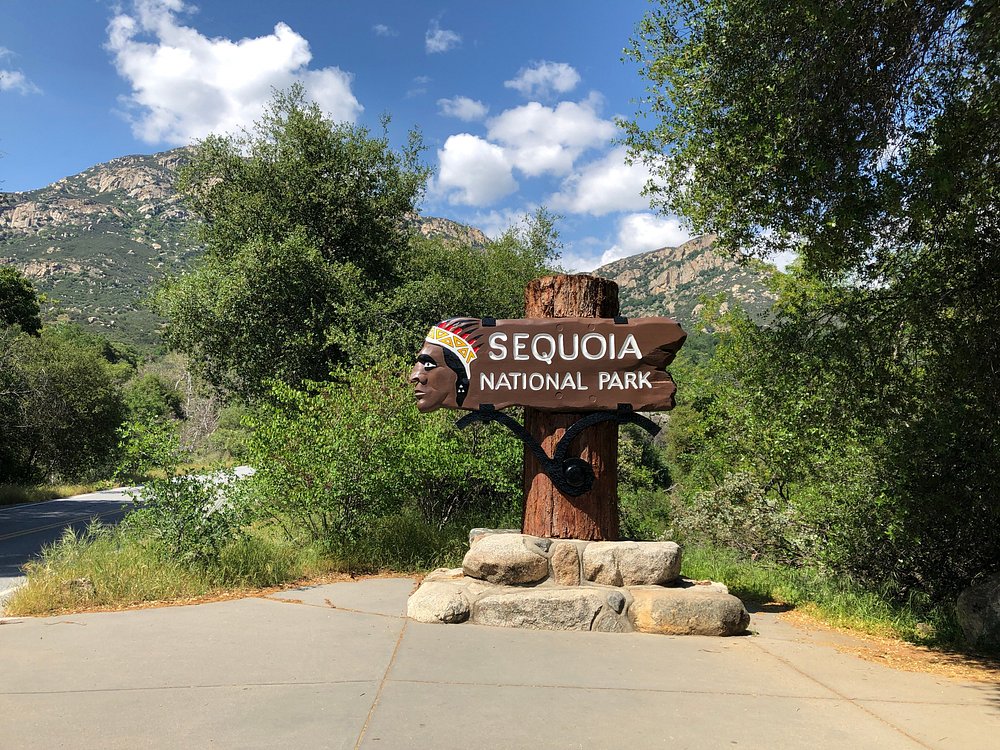Quick Bits:
Sequoia National Park is a breathtaking natural wonder located in California’s Sierra Nevada mountains. Known for its towering sequoia trees, deep canyons, and rugged landscapes, the park offers an unforgettable experience for adventurers, nature lovers, and photographers. Visitors can explore ancient forests, alpine meadows, and hidden caves while witnessing some of the largest trees on Earth.
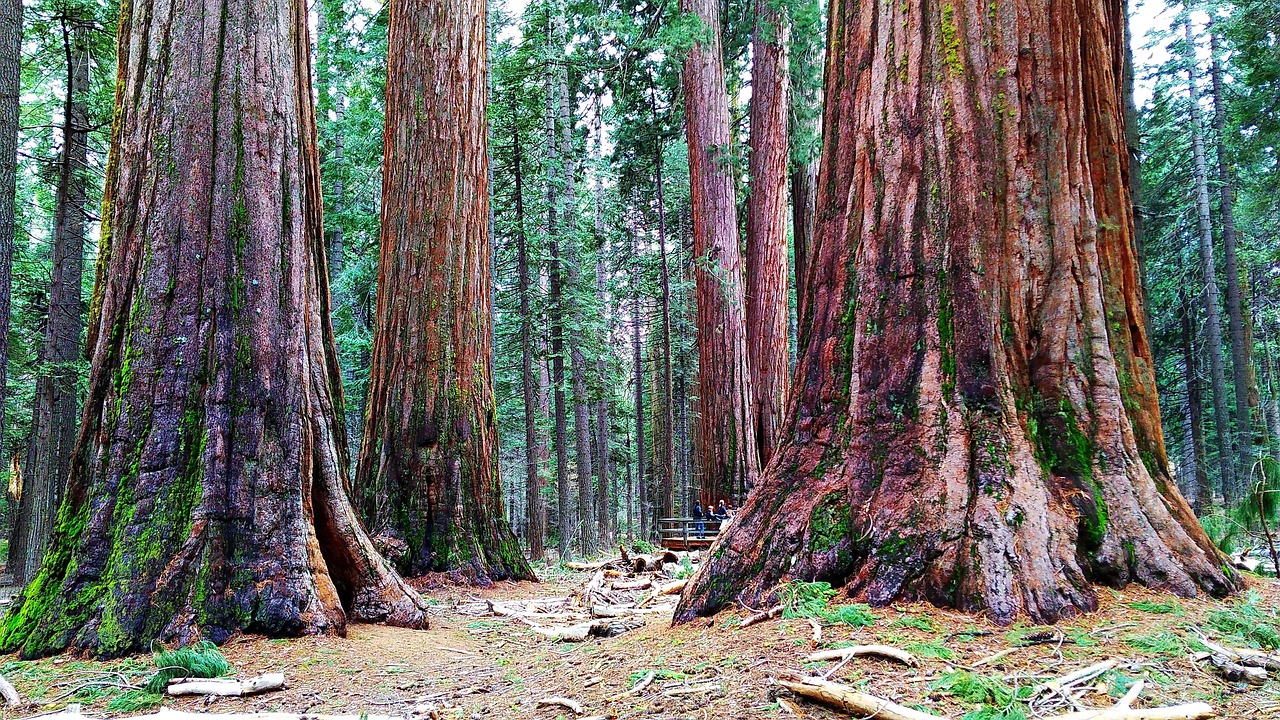
Key Highlights
- Home to the General Sherman Tree, the world’s largest tree by volume
- Over 400,000 acres of protected wilderness
- Spectacular landscapes, from high mountains to deep valleys
- Diverse wildlife, including black bears, mule deer, and mountain lions
- Cave exploration at Crystal Cave
- Miles of hiking trails, including the famous High Sierra Trail
- Neighboring Kings Canyon National Park, creating a vast wilderness area.
General Information
Sequoia National Park was established in 1890 to protect the towering sequoia trees from logging. It is the second-oldest national park in the United States and covers a vast region of rugged mountains, dense forests, and crystal-clear rivers. The park is managed alongside Kings Canyon National Park, forming Sequoia and Kings Canyon National Parks.
Visitors can enjoy a range of activities, including hiking, camping, rock climbing, wildlife watching, and scenic drives. The park’s elevation ranges from 1,370 feet to over 14,000 feet, creating diverse ecosystems and dramatic landscapes.
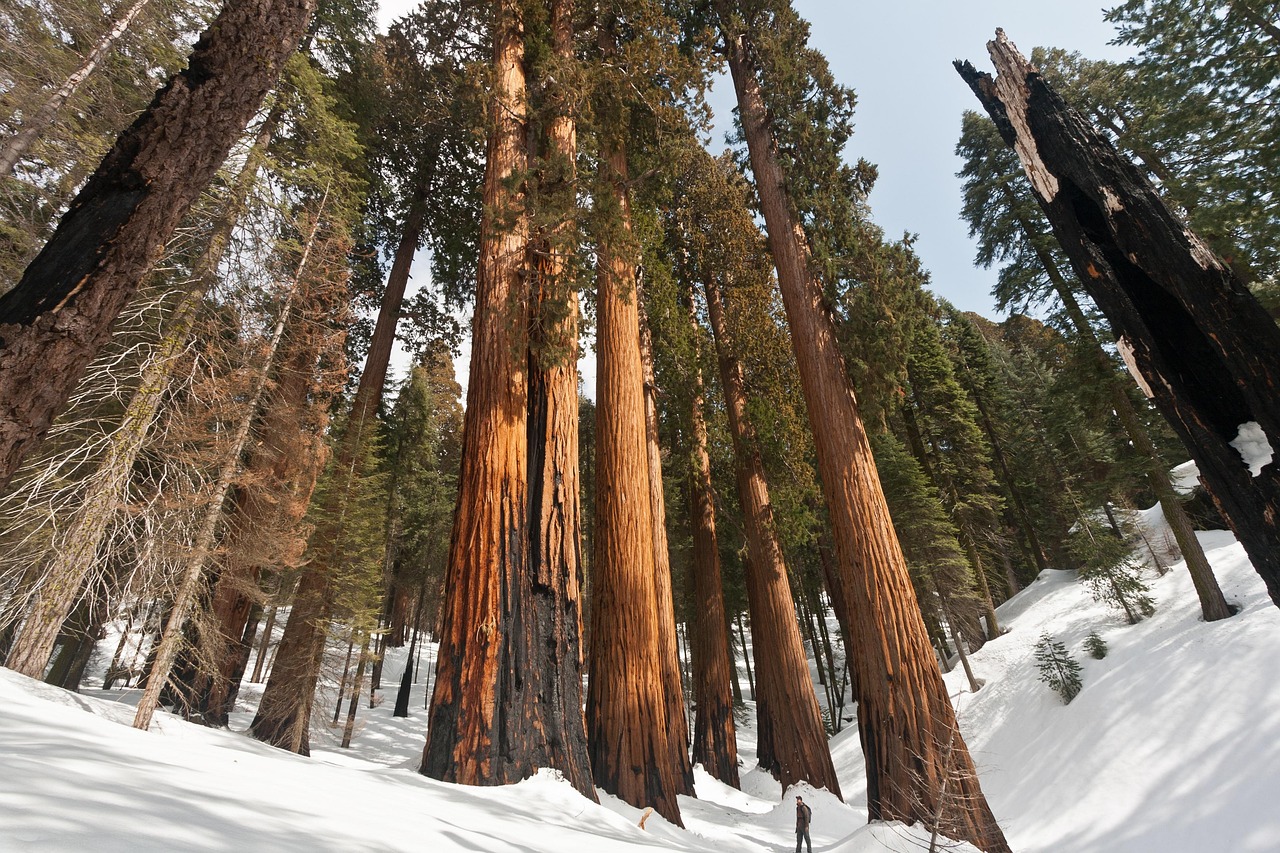
Geography Information
Sequoia National Park is in central California, east of Visalia. It sits on the western slopes of the Sierra Nevada mountains, covering more than 400,000 acres. The park is famous for its granite cliffs, deep canyons, roaring rivers, and towering forests.
Key geographical features include:
- Mount Whitney, the highest peak in the contiguous United States
- Kaweah River, which carves through the park’s landscapes
- Moro Rock, a massive granite dome with panoramic views
- Tokopah Falls, a stunning cascading waterfall
- Crescent Meadow, a lush alpine meadow surrounded by giant trees.
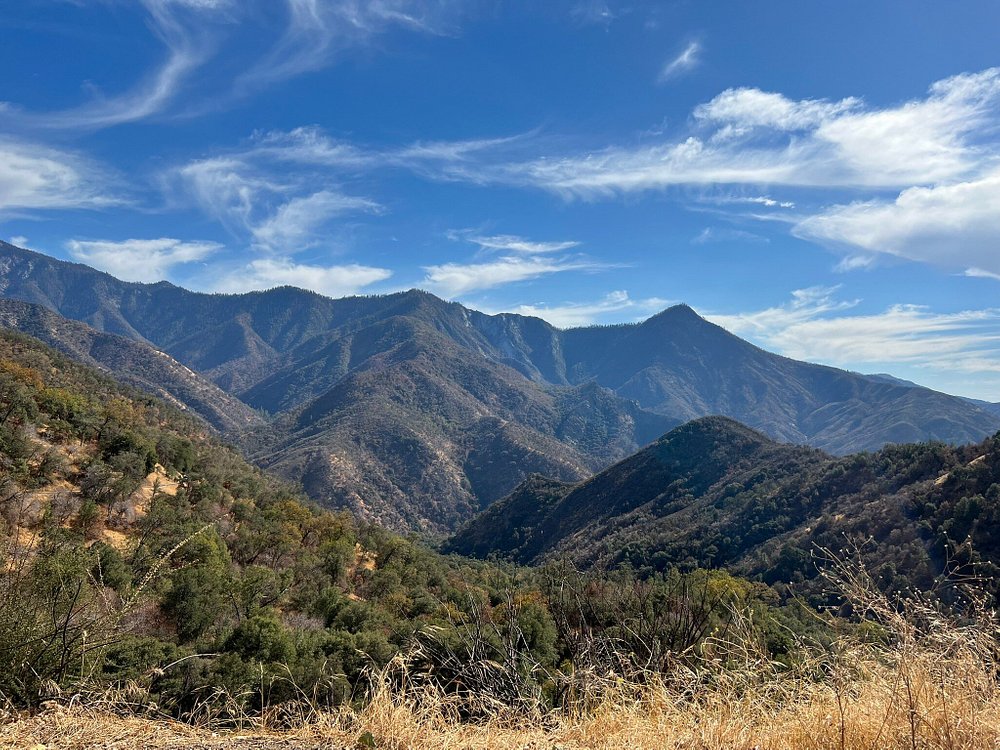
Places to Visit
1. T
Sequoia National Park offers countless attractions for visitors of all interests. Whether looking for towering trees, breathtaking vistas, or underground caves, the park has something for everyone.
1. General Sherman Tree
- The largest tree by volume on Earth
- 275 feet tall and over 2,000 years old
- Easy half-mile trail leads to the tree
2. Giant Forest
- Home to thousands of giant sequoias
- Includes Congress Trail, an easy loop through towering trees
- Offers educational exhibits at the Giant Forest Museum
3. Moro Rock
- Granite dome with a steep staircase to the top
- Provides sweeping views of the Great Western Divide
- Accessible by a short but steep trail
4. Crystal Cave
- Stunning marble cave with intricate formations
- Guided tours explore stalactites, stalagmites, and underground streams
- Requires advance reservations
5. Crescent Meadow
- A picturesque alpine meadow surrounded by sequoias
- Offers short and scenic hiking trails
- Nicknamed the “Gem of the Sierra” by John Muir
6. Tokopah Falls
- A 1,200-foot cascading waterfall
- Reached by an easy 4-mile round-trip hike
- Best viewed in spring and early summer.
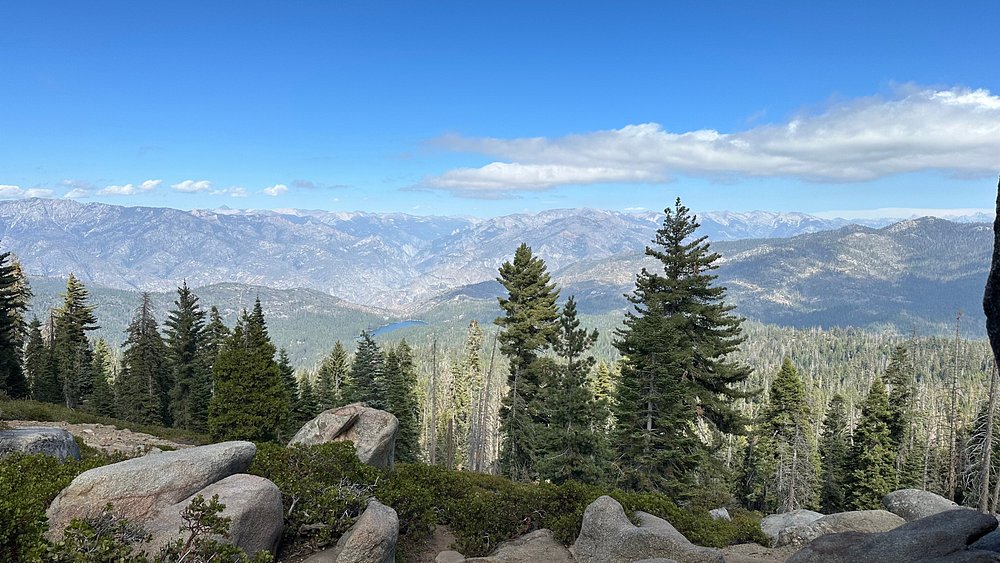
Yearly Climate
Sequoia National Park experiences dramatic seasonal changes, making it a year-round destination for different types of travelers.
- Spring (March-May): Snow begins melting, rivers run high, and wildflowers bloom.
- Summer (June-August): Warm temperatures make it ideal for hiking and camping.
- Fall (September-November): Cooler weather brings fewer crowds and vibrant fall colors.
- Winter (December-February): Heavy snowfall creates a winter wonderland, perfect for snowshoeing and cross-country skiing.
Best Time of Year to Visit
The best time to visit Sequoia National Park depends on the activities planned.
- Summer is best for hiking, sightseeing, and full access to the park.
- Spring offers rushing waterfalls, blooming wildflowers, and mild temperatures.
- Fall provides crisp air, fewer visitors, and stunning autumn colors.
- Winter is ideal for those who enjoy snow-covered landscapes and peaceful solitude.
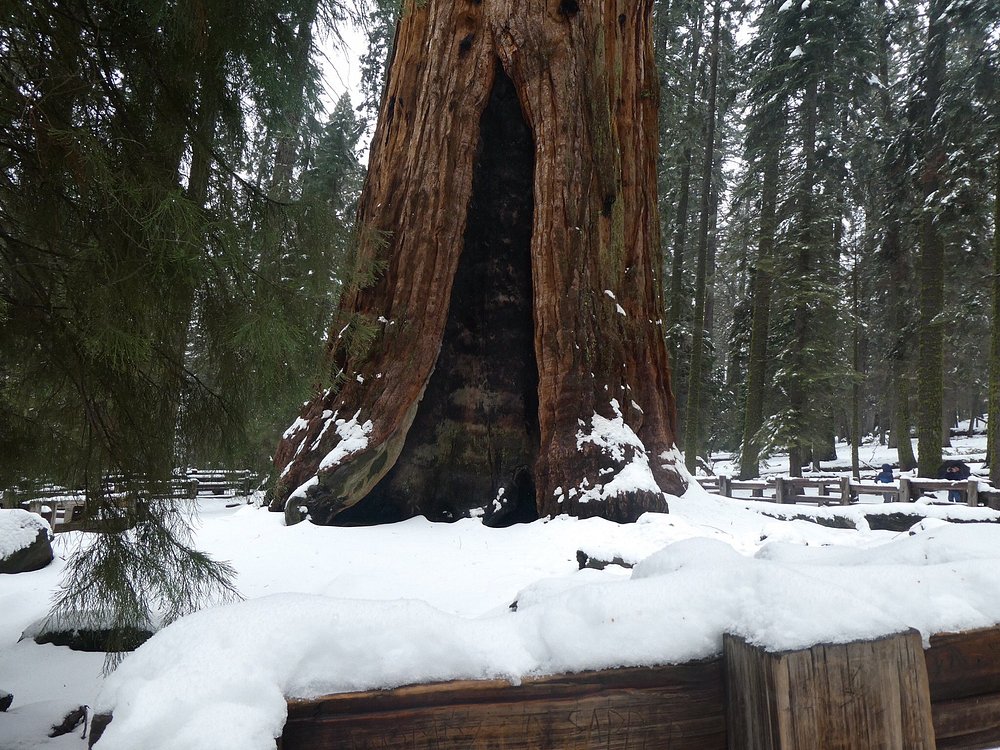
In Summary…
Sequoia National Park is a majestic destination known for its giant trees, rugged landscapes, and diverse wildlife. From the iconic General Sherman Tree to the hidden depths of Crystal Cave, every corner of the park offers something unique. Whether hiking through ancient forests, climbing Moro Rock, or exploring underground wonders, the park delivers an unforgettable adventure.
For those seeking tranquility and nature’s grandeur, Sequoia National Park stands as a testament to the beauty and power of the natural world.

